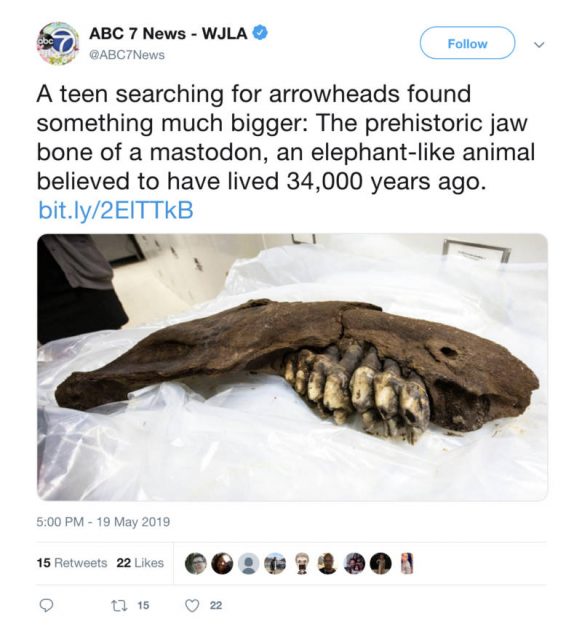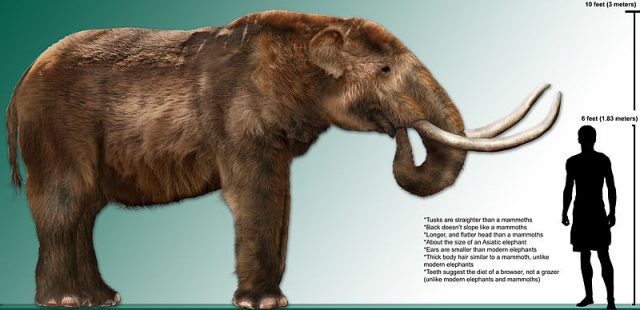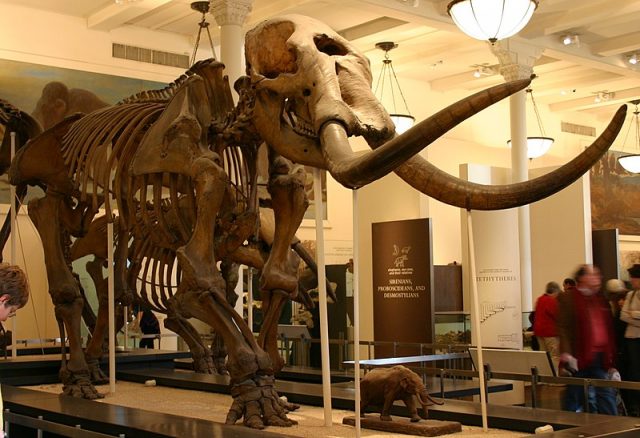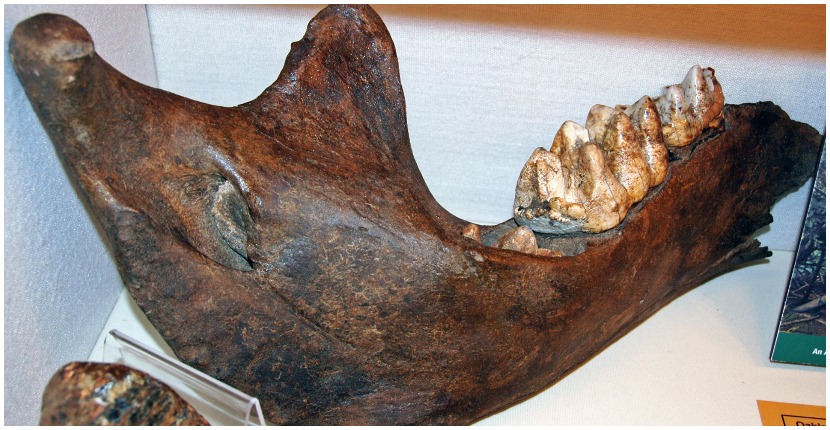A Mastodon jawbone was discovered by a teenager who was out on a Iowa field looking for some arrowheads. Instead he found something else in a creek running through the property: a Mastodon jawbone. Proof that 34,000 years ago, mastodons roamed the very same field. It seems that the student had come across a 30-inch bone that belonged to a junior mastodon–and some of its teeth were still intact.
“Officials with the University of Iowa Paleontology Repository, which now has possession of the bone found last week, say the mastodon might have stood around 7 feet tall,” according to Omaha.com.
This past Saturday, a University of Iowa paleontology team was on a farm in southern Iowa to pick up the bone of a prehistoric mastodon. https://t.co/XxKaGEjYl1
— WHO-HD Ch. 13 News (@WHOhd) May 14, 2019
The teenager took his find to the farmers who owned the southern Iowa field. The owners then donated the jaw and related bones to the UI Paleontology Repository, but they did so anonymously. “The couple said they didn’t want to encourage people to trespass on their property looking for prehistoric remains,” said the Iowa City Press Citizen. Believe it or not, these farmers have racked up experience in this area. About 30 years ago, they came across other mastodon remains while fishing on the property.

The teenager “cradled the fossil in his arms, which is very heavy, and carried it up to the farmhouse,” Tiffany Adrain, who leads the Paleontology Repository, said. “The landowners already knew what to do. They wrapped it up in plastic to keep it wet and they sent us an email.”
Scientists believe that Mastodons originated in Africa, and in the Pliocene epoch (from 2.6 million to 11,700 years ago), they spread across Eurasia, crossing the Siberian land bridge to populate North America. They had thick coats of shaggy hair to protect them from the intense cold of the period.

One of the distinct features of the Mastodon jawbone is its teeth: They fed on leaves with low-crowned, large, and strongly rooted teeth. They also had prominent upper tusks that grew parallel, curving up. Short lower tusks were present in males but absent in females.
Both the Mastodons and the Woolly Mammoths went extinct by about 10,500 years ago, which was shortly after the last Ice Age. No one knows the exact reason, though it could have been shifts in the climate, scarcity for food, or increase in hunting by early human settlers. Mastodons are believed to have overlapped with Native American groups.

Those who support hunting as the reason for the extinction of the Mastodon point to research performed in the Great Lakes area. For a number of years prior to their disappearance, the Mastodons demonstrated a trend of declining age at maturation. This is what is usually seen when it’s not climate disruption but winnowing out by predators that makes a species go extinct.
Tiffany Adrain said in an interview that the find, which she and a team of paleontology graduate students from the University of Iowa picked up in May 2019, “was fortuitous because the specimen still retained the qualities of regular bones and was intact. If the fossil had been left exposed in the sun much longer, it would have dried out and crumbled, making it useless to researchers,” according to Vice.
Related Article: Scientists Reawaken Cells from a 28,000-yr-old Woolly Mammoth
“We were incredibly lucky that the student had been walking up and down the creek because the jaw bone can’t have been there for very long,” Adrain said.
The Des Moines area was apparently a favorite place for many Ice Age animals such as mastodons and bison. Giant ground sloths, giant beavers, short-faced bears, camels, and horses are among other species that have been found in Iowa.
Nancy Bilyeau, a former staff editor at Entertainment Weekly, Rolling Stone, and InStyle, has written a trilogy of historical thrillers for Touchstone Books. Her new book, The Blue, is a spy story set in the 18th-century porcelain world. For more information, go to www.nancybilyeau.com
